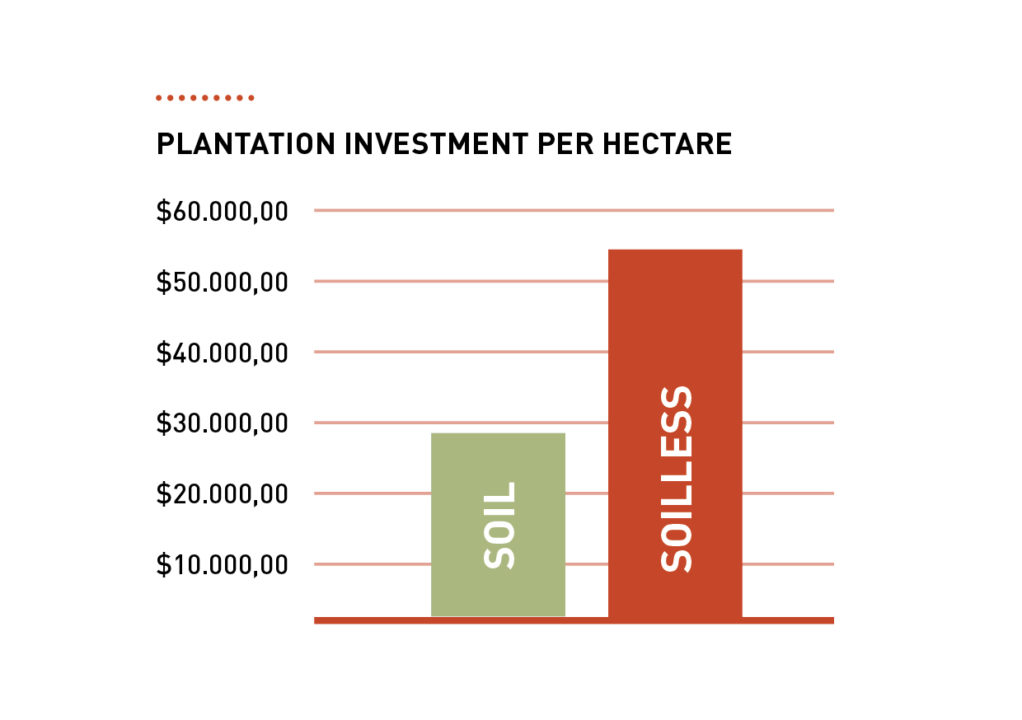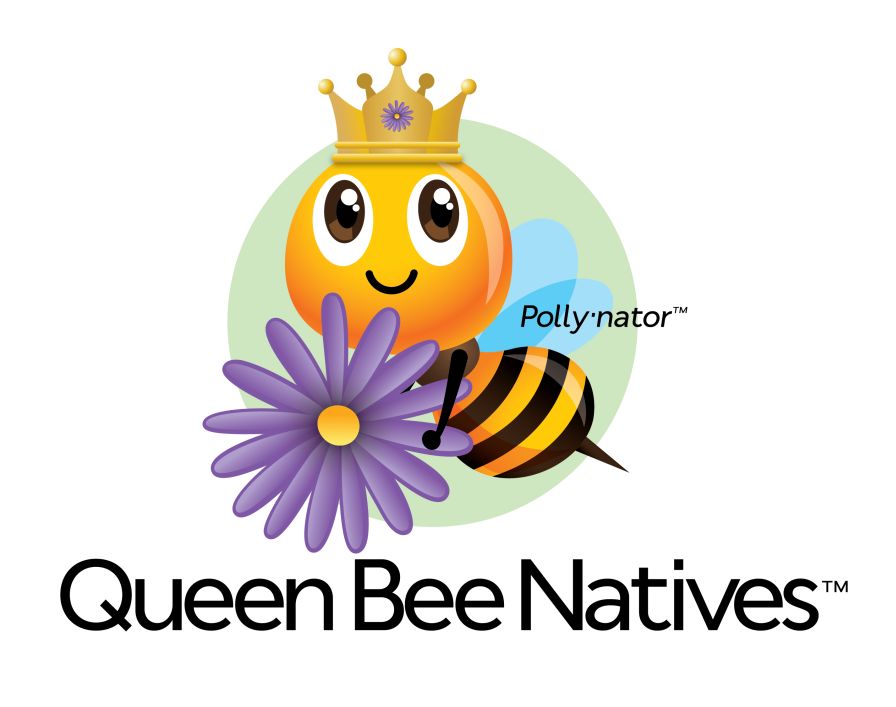Turn Big Ideas Into Big Results

Bringing the team together is a great idea. Channeling all of the great ideas that come from your team, well, that’s a different challenge.
So how do you take those ideas and make them work for you, rather than let them die a dusty death on the conference room table or in the circular file?
Growers across the country are finding their own unique – and incredibly effective – ways to put big thinking to work in the greenhouse and behind the desk. Call them idea groups, quality councils or just your average manager’s meeting. Whatever you name them, these growers will tell you their groups are a source of their success.
Create Order From Idea Overload
At Homestead, Fla.-based orchid and bromeliad grower Silver Vase, the idea group started with a good problem – a surplus of ideas with nowhere to go.
“We were always working on new ideas, but so many times they were too late or too difficult to implement,” says Marcella Lucio, vice president of sales and marketing. “We finally started the idea groups so that everyone would have input, and we’d bring in different angles of the business.”
The key was structure and involving every area of the business, not just the big thinkers. It was owner Andrew Bartha’s thought that the ideas he and Lucio brought back from trips to Europe and all over the United States needed a place to flourish.
With that, Silver Vase decided to create a structured, nurturing environment. Meetings are held weekly for about an hour. They include representatives from every department, and theyaren’t negotiable.
“We haven’t missed one meeting since its inception,” Lucio says. “We don’t schedule meetings or customer visits on top of it – we always have it.”
Members include the production department represented by the head grower, plus shipping, purchasing, marketing and, of course, management. The group takes minutes, sends out action items that require follow up and keeps a running tally of the ideas that are both in progress and successfully implemented.
“For a while we got overwhelmed; it was 90 percent ideas and 10 percent implementation,” Lucio says. “Now we talk about short-term goals, identifying products for specific times, for example, then identifying each idea for short- or long-term priority.”
Their successes show in the company’s deep pipeline of innovation. The recently-released Cascade collection of orchids is a brainchild of the idea group, as are eight additional items already created, sold and with bookings. All of this came together in less than one year of collaboration.
Not just for new ideas, the idea group also tackles challenges with existing
products. For example, if there’s an excess of an item, the idea group brainstorms how to use it and sell it. Like making a bromeliad more than a bromeliad and bringing in smaller wire to craft heart-shaped Teacup orchids.
“It’s very hands on, and very productive,” Lucio says. “The challenging part is to make it a reality, and with the idea group, we do that.”
Quality Council
Want to make quality a priority, not just in the greenhouse but in every aspect of your business? Make it a priority for every employee from the top down? Bring in a magnifying glass-shaped mascot.
Chuckle if you must, but at Loudon, N.H.-based Pleasant View Gardens, its 2012 quality campaign is off to a roaring start with the help of Magnatron the mascot.
Every year, Pleasant View’s quality council creates a campaign to keep quality focus number one for all employees and departments. This year, Magnatron leads the charge.
“Greenhouse businesses have a lot of temporary people, so we have to revitalize it every season and teach hundreds of people every year,” says Valerie Rollins, quality council chair. “When you have a community of people of different cultures, languages and backgrounds, [a mascot]gives everyone something to connect to.”
And connect they do. Pleasant View created a series of cartoons to use on every quality council communication and be used throughout the entire year.
“We create the campaign at the beginning of the year and keep going with checks and balances during the season. Then we have an end-of-season wrap up to see what we’ll change for next year,” Rollins says. “Magnatron will be part of all of that this year.”
The council meets regularly and despite its name, addresses much more than simple plant quality.
“It’s not just quality of the product,” says owner Henry Huntington. “It’s quality of processes, service to the customer – it’s an overarching quality focus. It’s ‘how do we be the best?’”
The group’s success shows in the level of quality discussion around the business. Not only is the group discussing quality in its many forms, but employees are
empowered to bring their ideas to the table in every aspect of business, whether sticking cuttings or cutting checks.
“The biggest key is that it’s not just a management group,” Rollins says. “You definitely need decision makers in the room, but you also need the people who are out on the front lines to bring that reality to the room. Covering all departments is important too – some of the best ideas come from people who don’t work in the department because they can look objectively at the situation.”
Results have come in many forms, from new sanitation protocols implemented this year to better address last-minute shortages.
“We were able to come up with a program to notify customers of shortages no later than two weeks ahead of schedule,” Huntington says. “That group is always looking for areas of improvement and bringing things like this up as a topic. Would we do it eventually? Yes, but this group really focuses us so it happens that much quicker.”
Operational Committees
Pay no attention to the mundane group names. These groups are full of energy and ideas. Driven by operational needs and focused on overall success, Emerald Coast Growers’ operational committees encourage change and potential at the Pensacola, Fla.-based producer.
What started as informal brainstorming sessions have morphed into
formal, non-negotiable, can’t-miss idea sessions that have prompted the creation of the plant committee and the production committee.
The plant committee, for example, meets about every eight to 12 weeks,
except during catalog time, when the pressure is on. Members present plants, analyze the trial gardens and greenhouses and bring in people from production to talk about new breeder developments. They’re constantly looking at new plants and getting out the crystal ball to determine what’s next on the horizon.
In fact, that’s what resulted in Emerald Coast getting its own trial beds.
“This group saw a need for it. We had display beds but they weren’t trials,” says sales director Cheri Markowitz. “We get a lot of material sent to us, and we had to manage that.”
This group naturally formed structured processes that ensure no plant is left on the table, including how to receive, record and trial material. The company’s new Annual Grasses line came from the plant committee – further proof that ideas grow here.
Meanwhile, the monthly production committee brings together every aspect of the business (production, sales, purchasing, inventory and managers from each of the three locations) for brainstorming, production reviews, operational considerations and more.
“It’s a meeting that helps us look forward and forecast and look back in history and learn,” says President Paul Babikow. “We’re bringing out issues and bringing ideas forward. Everyone comes to the table with their unique perspective.”
Those perspectives recently brought a big idea to fruition as they helped the company complete a major greenhouse production expansion.
“We had greenhouse space but not perennial production area,” Babikow says. “We had to decide how we add space, and to do it, we needed everyone present to tell their part of the story.”
One thing is clear: However you run your business, whether with an idea group, quality council or operational committee, the key is harnessing the ideas and turning them into innovation. Your challenge is finding the switch.









